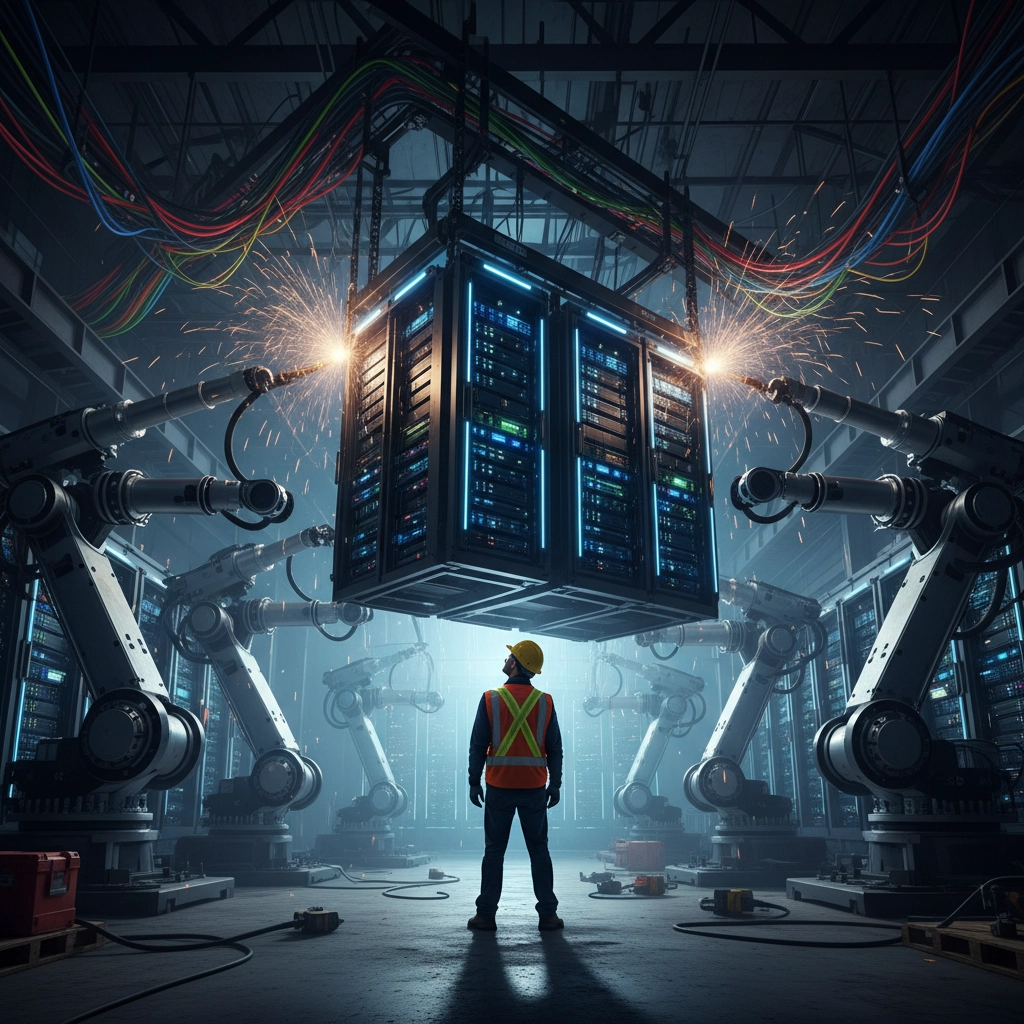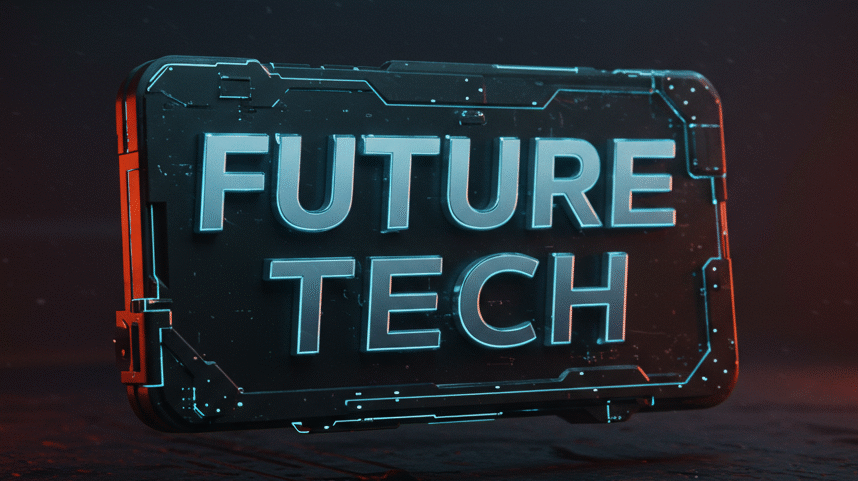Ever wondered what happens when tech billionaires decide to spend more money than most countries' entire GDP on AI? Welcome to the Stargate Project – the most ambitious tech infrastructure play you've probably never heard of.
In January 2025, the Trump administration dropped a bombshell announcement that made Silicon Valley lose its collective mind. We're talking about a $500 billion commitment over four years to build the world's most powerful AI infrastructure network. And here's the kicker – it's not just government money. It's a private sector feeding frenzy led by some of the biggest names in tech.
What Exactly Is the Stargate Project?
Think of Stargate as the ultimate AI gym membership, but instead of building muscles, we're building digital brains that could potentially outsmart humans. The project kicked off with immediate deployment of $100 billion to construct next-generation AI data centers across America, starting with two massive facilities in Abilene, Texas.

But this isn't your typical server farm. We're talking about facilities powered by over two million AI chips, generating more than 5 gigawatts of computing power. To put that in perspective, that's enough electricity to power about 3.7 million homes. Except instead of keeping your lights on, it's keeping artificial intelligence running 24/7.
The project has already expanded beyond American borders. By July 2025, OpenAI launched a $1 billion AI data center in Norway – marking Europe's entry into the Stargate ecosystem. Then in August, SoftBank bought Foxconn's Ohio facility for $375 million, retrofitting it specifically to manufacture AI servers and equipment.
The speed of expansion has been nothing short of remarkable. Construction that typically takes years has been compressed into months, with the Texas facilities completed by the end of 2025.
The Money Trail: Who's Paying for This?
Here's where things get interesting. This isn't a government bailout or taxpayer-funded project. It's private companies betting big on AI's future, and they're putting their money where their algorithms are.

SoftBank, led by Chairman Masayoshi Son, serves as the lead financial partner. If you don't know SoftBank, they're the Japanese investment giant that's made some of the biggest tech bets in history – including early investments in Alibaba and Uber. When they commit to something, markets pay attention.
OpenAI handles the operational side, which makes sense given they're the folks behind ChatGPT. Oracle and MGX jumped in as initial equity funders, while Microsoft, NVIDIA, and ARM provide the technological backbone.
Here's what makes this partnership fascinating: each company brings something different to the table:
- SoftBank: The deep pockets and global investment experience
- OpenAI: The AI expertise and operational know-how
- Oracle: Enterprise infrastructure and database management
- Microsoft: Cloud computing and business integration
- NVIDIA: The chips that make AI possible
- ARM: The processor architecture powering mobile devices
It's like assembling the Avengers of tech infrastructure, except instead of saving the world from alien invasions, they're racing to build artificial general intelligence.
Why Everyone's Talking About It
The Stargate Project isn't just another tech announcement that'll be forgotten in six months. It's creating ripple effects across multiple industries and geopolitical landscapes. Here's why it matters:
• Job Creation on Steroids: We're looking at hundreds of thousands of American jobs, from construction workers building data centers to engineers designing AI systems. The Ohio facility alone is expected to create thousands of manufacturing jobs.
• National Security Play: This isn't just about making better chatbots. The computing power being built could give the US a significant advantage in AI development for defense and intelligence applications.
• Economic Domination: Countries are realizing that AI infrastructure is the new oil. Whoever controls the most powerful AI computing resources controls the future economy.
• Technology Sovereignty: By building this infrastructure domestically, the US reduces dependence on foreign AI capabilities and ensures American companies have priority access.
• AGI Race Acceleration: All this computing power is designed to support the development of Artificial General Intelligence – AI that matches or exceeds human intelligence across all domains.

My neighbor works in construction, and he told me something interesting last month. His company got approached to work on one of these Stargate facilities, and the specifications were unlike anything he'd seen. We're talking about buildings designed to house computers that generate so much heat, they need their own power plants and cooling systems. He said it felt like building infrastructure for aliens – which, when you think about it, might not be far off if AGI becomes reality.
What This Means for You
You might be thinking, "Cool story, but how does this affect my daily life?" Fair question. The answer is: probably more than you realize.
First, the AI tools you use are about to get significantly more powerful. ChatGPT, Google's AI, and whatever new AI assistants emerge will have access to computing resources that dwarf what's available today. That means faster responses, more accurate information, and capabilities we can't even imagine yet.
Second, if you're looking for work, the AI infrastructure boom is creating opportunities across skill levels. Sure, there are high-tech engineering jobs, but there are also construction, logistics, security, and maintenance positions. The economic ripple effects are already visible in states like Texas and Ohio.

Third, this infrastructure race is reshaping global politics. Countries that fall behind in AI capabilities risk becoming economically and strategically irrelevant. The Stargate Project is America's declaration that it intends to lead the AI revolution, not follow it.
But here's the part that keeps me up at night: we're building infrastructure for artificial intelligence that doesn't exist yet. It's like constructing airports before inventing airplanes, except the airplanes might be smarter than the people who built them.
The project timeline extends through 2029, which means we're only in the early stages. The next few years will determine whether this massive bet pays off or becomes the most expensive tech experiment in history.
What do you think – is humanity ready for the level of artificial intelligence that $500 billion worth of computing power might create, or are we building something we don't fully understand?







